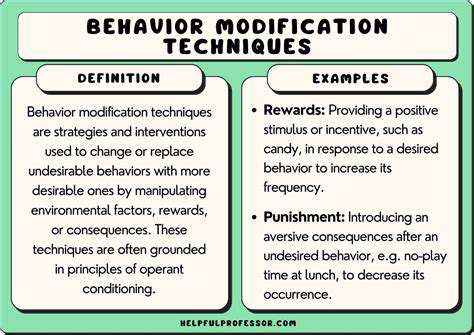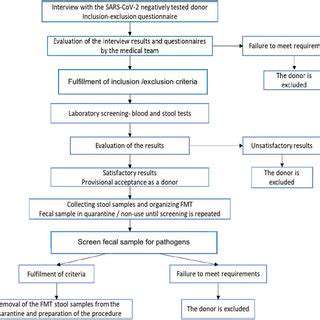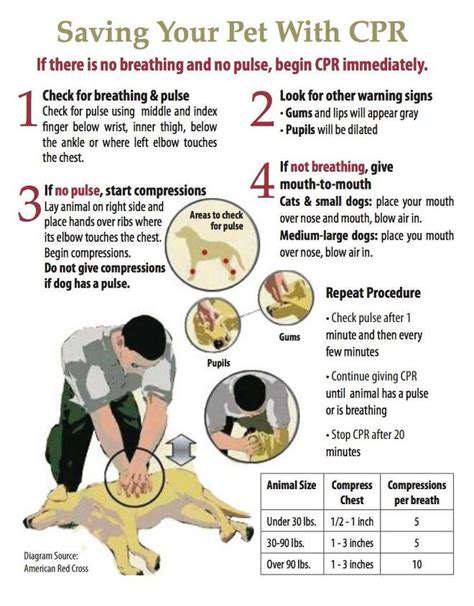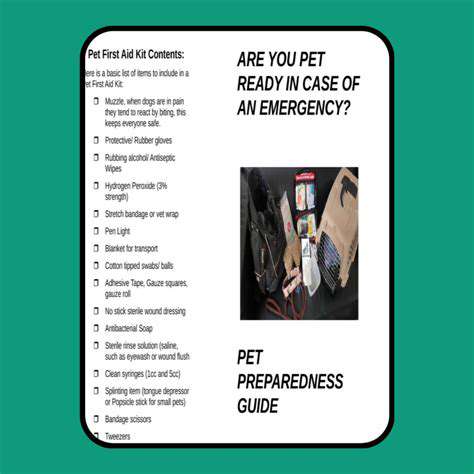Solving Common Dog Behavior Problems
Identifying the Root Cause of Your Dog's Behavior
Understanding Your Dog's Communication
Dogs express themselves through a rich tapestry of sounds, body postures, and subtle signals. Deciphering these cues is fundamental to uncovering the source of problematic behaviors. A pup that barks incessantly might be signaling fear, stress, or a simple desire for interaction. Likewise, growling or nipping often indicates discomfort or a defensive reaction. By tuning into these nonverbal messages, owners can better understand their canine companion's needs and tackle core issues more effectively.
Monitoring your dog's reactions across different scenarios—at home, outdoors, or during social encounters—can expose patterns that might escape casual observation. What circumstances seem to trigger undesirable actions? Does the behavior intensify in particular settings or around certain individuals?
Assessing Your Dog's Physical Health
Behavioral shifts sometimes stem from physical discomfort. A dog in pain might display aggression, nervousness, or social withdrawal. Consulting a veterinarian to eliminate potential medical causes should always precede behavioral interventions. This critical step ensures you're treating the actual problem rather than just its symptoms.
Conditions like joint pain, tooth issues, or digestive troubles can profoundly influence a dog's temperament. Early diagnosis and proper veterinary attention can dramatically enhance your pet's quality of life and help resolve behavior problems at their source.
Evaluating Environmental Factors
Alterations in a dog's surroundings—such as new household members, moving homes, or schedule changes—can precipitate behavioral changes. A dog acclimated to tranquility might struggle in a chaotic environment. Recognizing and minimizing environmental stressors can lead to noticeable behavioral improvements.
Ensure your pet has adequate space for movement and exploration. Provide engaging toys and activities to prevent boredom. A confined or understimulated dog is far more likely to develop problematic behaviors.
Analyzing Training Methods and Consistency
Inconsistent training approaches often baffle and frustrate dogs. A steady, uniform method proves essential for teaching appropriate conduct. Positive behaviors should receive immediate, consistent rewards, while corrections for unwanted actions should be fair and measured.
Regular training sessions, customized to your dog's personality and needs, strengthen bonds and establish constructive habits. Rewarding desirable actions reinforces good behavior, while addressing issues with calm assertiveness helps dogs understand boundaries.
Identifying Potential Stressors
Stress significantly contributes to behavioral challenges. Common stressors include loud noises, unfamiliar people, routine disruptions, or separation anxiety. Pinpointing these triggers is crucial for reducing their impact.
Notice how your dog responds to various situations. Do certain stimuli cause anxiety or withdrawal? Understanding these reactions enables you to craft a more supportive environment. Establishing a safe retreat where your dog can relax helps manage stress effectively.
Considering Socialization and Interaction
Inadequate socialization often breeds fear and aggression. Exposing puppies to diverse people, animals, and settings during their developmental phase is crucial for healthy adjustment. Proper socialization teaches dogs appropriate responses to various situations.
Frequent positive interactions with other dogs and people develop essential social skills and minimize behavior problems. Always use positive reinforcement during these experiences.
Seeking Professional Guidance
When struggling to identify behavior causes or implement solutions, consult a certified dog trainer or veterinary behaviorist. These professionals offer customized advice to address your dog's specific needs.
Experts can evaluate behaviors, consider potential underlying issues, and create personalized training plans. Their knowledge helps resolve root causes and foster better human-canine relationships.

Dealing with Destructive Chewing and Digging

Understanding the Root Cause
Determining why your pet engages in destructive chewing is essential for proper intervention. Anxiety, boredom, or insufficient energy outlets frequently drive this behavior. For instance, a lonely dog might chew furniture to cope. Always rule out medical issues first, as pain often manifests through chewing.
A comprehensive assessment of your pet's environment and habits is vital. Note the presence of other animals, routine changes, or recent stressful events. Identifying triggers forms the foundation for lasting solutions.
Providing Suitable Alternatives
After identifying causes, offer appropriate chewing outlets. Durable, size-appropriate chew toys satisfy natural urges safely. Rotate toys regularly to maintain interest.
Interactive puzzles and games provide mental stimulation that curbs destructive tendencies. These activities channel energy productively.
Addressing Underlying Issues
For anxiety-related chewing, consult a veterinarian to exclude medical causes. A certified behaviorist can develop customized strategies to address emotional triggers.
Modify stressful environments and maintain consistent routines. Stability significantly reduces problem behaviors.
Reinforcing Positive Behaviors
Reward appropriate chewing immediately with treats or praise. This reinforcement strengthens good habits. Consistency is paramount.
Punishment proves ineffective. Instead, redirect to approved items and celebrate those choices.
Seeking Professional Help When Needed

Recognizing the Need for Professional Support
Professional assistance for behavioral issues represents a proactive approach to pet care. Many owners struggle with problematic behaviors without realizing expert help is available. Seeking guidance isn't admission of failure—it's a commitment to your pet's wellbeing.
Persistent behavioral changes that disrupt household harmony often indicate deeper issues. Professional insight can identify root causes and create effective management plans.
Understanding the Benefits of Professional Guidance
Certified trainers and behaviorists bring specialized knowledge to address complex issues. Their objective perspective often reveals overlooked factors contributing to problems.
Structured behavior modification programs teach both pets and owners healthier interaction patterns. These methods build confidence and improve relationships.
Finding the Right Professional and Resources
Select a certified professional with relevant experience to your specific challenges. Personal compatibility matters—choose someone whose approach resonates with you.
Veterinary referrals, trainer associations, and pet owner networks can help locate qualified professionals. Many pet insurance plans cover behavioral consultations—verify your benefits.
Read more about Solving Common Dog Behavior Problems
Hot Recommendations
- Customized Sleep Schedules: AI Driven for Sustainable Rest
- Crafting a Personalized Productivity Plan for Mental Clarity
- Sustainable Self Compassion: Cultivating Kindness Towards Your Mind
- Sustainable Productivity Hacks for the Busy Professional
- Sustainable Wellness for Parents: Balancing Family and Self Care
- Data Informed Self Care: Designing Your Personalized Wellness Strategy
- Sustainable Wellness for a Purpose Driven Life
- AI Assisted Mindfulness: Personalized Meditations for Deeper Practice
- Building Inclusive Mental Health Services: Key Initiatives
- AI Powered Self Care: Customizing Your Routine for Maximum Impact











